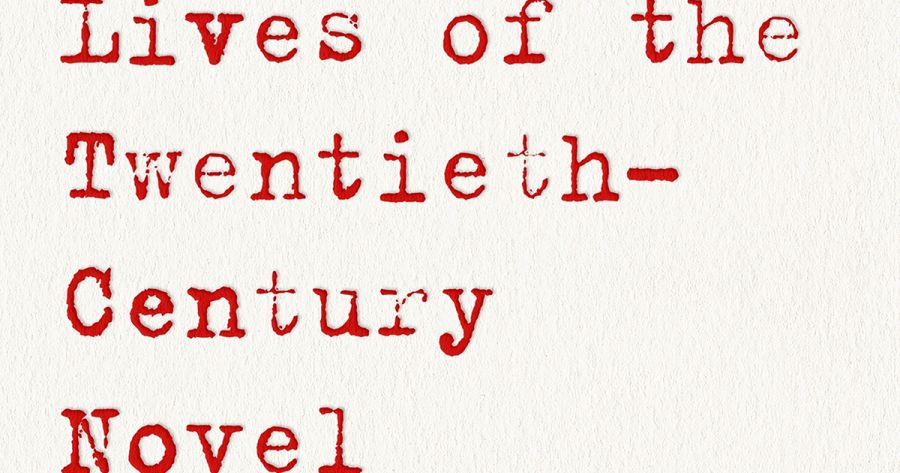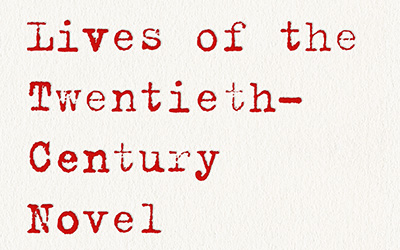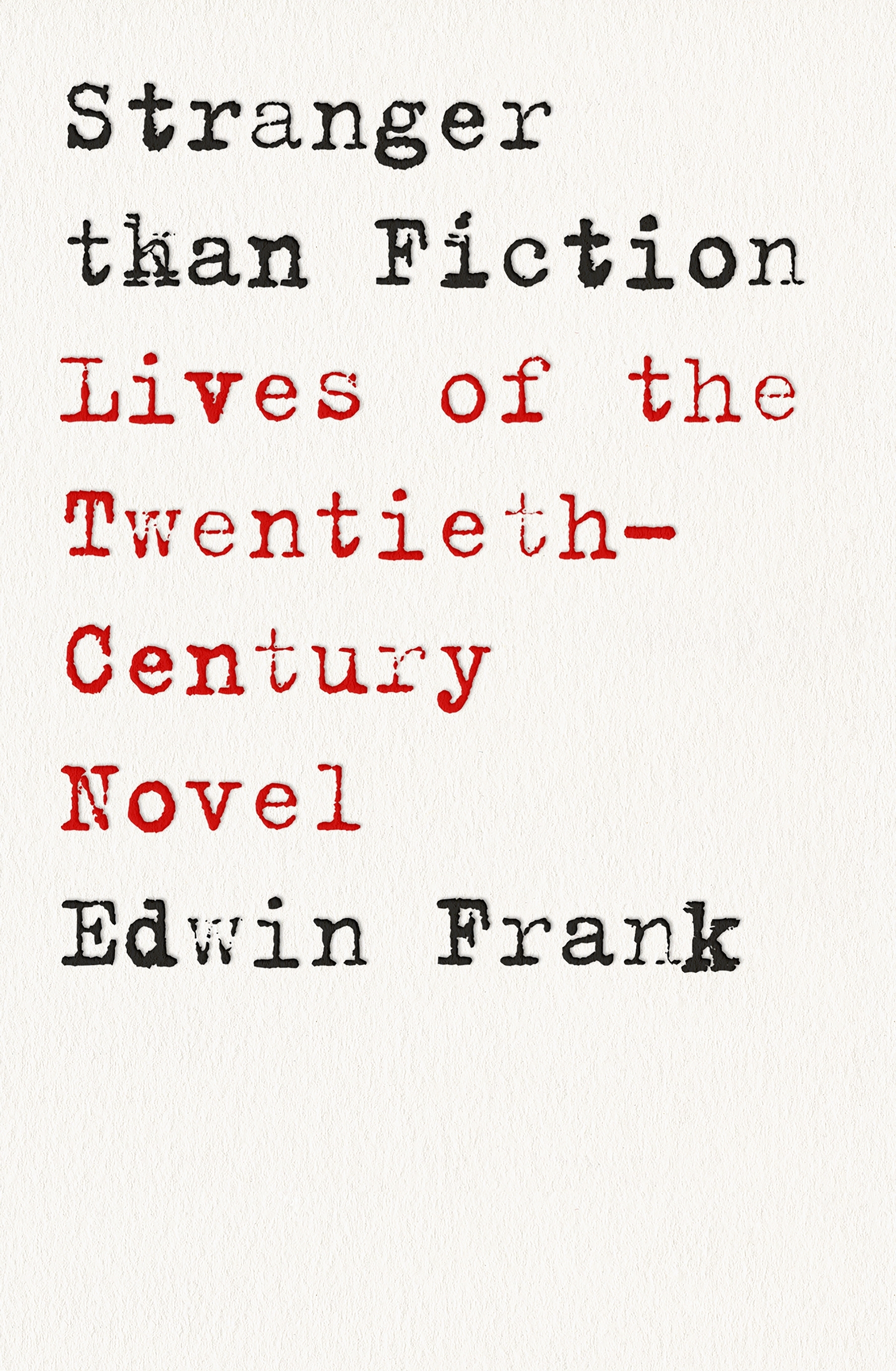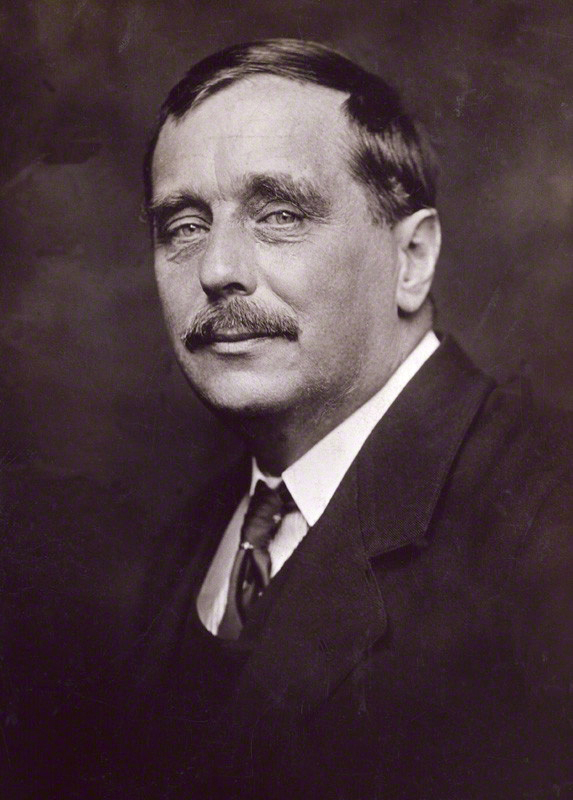
- Free Article: No
- Contents Category: Literary Studies
- Review Article: Yes
- Article Title: Exploding worlds
- Article Subtitle: Live reality into written form
- Online Only: No
- Custom Highlight Text:
What is the twentieth-century novel? asks Edwin Frank in Stranger than Fiction. What it is not, he begins, is the nineteenth-century kind. This doesn’t mean he argues from a merely negative premise; rather, he’s attempting to wrest the discussion from certain warping assumptions. The very notion of periodisation by centuries – a ‘convenient, newly minted unit’, writes Frank, ‘larger than a lifetime, conformable to the memory of the nuclear family and designed to connect past to future in the developing narrative of human history’ – is itself a product of the nineteenth century.
- Featured Image (400px * 250px):

- Alt Tag (Featured Image): Geordie Williamson reviews ‘Stranger than Fiction: Lives of the twentieth-century novel’ by Edwin Frank
- Book 1 Title: Stranger than Fiction
- Book 1 Subtitle: Lives of the twentieth-century novel
- Book 1 Biblio: Fern Press, $36.99 pb, 480 pp
- Book 1 Cover Small (400 x 600):

- Book 1 Cover (800 x 1200):

- Book 1 Readings Link: https://www.readings.com.au/product/9781911717218/stranger-than-fiction--edwin-frank--2024--9781911717218#rac:jokjjzr6ly9m
Frank, a poet and omnivorous reader whose day job is editorial director of the storied New York Review of Books Classics imprint, sets out in these pages to produce a literary equivalent to Alex Ross’s The Rest Is Noise (2007), a work that braids creative practice in the twentieth century with larger societal forces. Surely the novel demands such treatment, given that it ‘was the novel by which we had come to take the measure of who we were, and who our neighbours were, and what, for better or worse, we were all capable of: good, evil, deception, irony, truth’.
The problem with literature, as opposed to Ross’s music, is its impurity. Simply because it is made from words, the novel is hopelessly entangled in politics and society. The words of the tribe are also the words the writer uses to try and rise above the merely tribal and the reality of ordinary existence. Frank’s own formulation? The twentieth-century novel ‘is perhaps best taken as a useful fiction, for considering how fiction responded to a century of fact’.
What he settled on was a series of stress tests designed to show how the traditional novel – a literary form of ‘extraordinary amplitude’ – responded to and was reshaped by the ‘exploding world’ of the twentieth century:
In translation was the key, opening the way into the story of the novel, which was, as I suddenly saw it, a story of translation in the largest sense, not only from language to language and place to place, but more broadly as the translation of live reality into written form, something the expansive and adaptable form of the novel had, from the start been uniquely open to, which the last century had provided the perfect … petri-dish in which it could further develop.
If this approach has an intellectual genesis, it likely belongs to the German-Jewish philologist Erich Auerbach, who is mentioned as an inspiration in Frank’s introduction. In a 1927 essay on Marcel Proust’s In Search of Lost Time, Auerbach noted the profound difference between the nineteenth-century novels of Gustave Flaubert and Stendhal – in which the author directs the action, intruding upon the narrative to bring order and satisfactory completion to the novel – and ‘the authentic epic of the soul’ that is Proust’s approach, one in which the fictional architecture lacks all the narrative tension of the old ways but rather pushes up, fantastically, like a vine, ‘the hand of its author (remaining) nearly imperceptible’.
For Milan Kundera or Roland Barthes, say, it might be the eighteenth-century novel that anticipates the experimentalism of the twentieth century. But following the Auerbachian division above, Frank instead begins his work with Fyodor Dostoevsky and his 1864 novella Notes from the Underground. He sees in that feverish work a foretaste of a new relation of self to reality, and, as a result, author to reader.
It is a strong opening gambit. William Gibson’s line that ‘the future is already here – it’s just not very evenly distributed’ make perfect sense. The ruptures of modernity were not gradual for Russia but a jolt. And the experience of individuals being ambushed by historical change in such a manner was inevitably staggered, over time, across languages and cultures. Dostoevsky was the harbinger of an era in which self and world fell out of synchronicity. His work presaged how we would all come to live, think, and feel – ways that were no longer reflected in the formal certitudes of the traditional novel.
What makes the essays in Stranger than Fiction so exhilarating is watching how the author tracks the shock of the new as its blast radius widens. Its interest also lies in how Frank curates those individuals and texts most affected by that blast. Who would have thought to leap from Dostoevsky to an essay on H.G. Wells? The author identifies a through-line from the Russian’s sense that ‘inner and outer worlds’ were flying apart, and to Wells’s lifelong exploration of what alternative worlds might exist – in terms of both the modern imaginary and the formal possibilities of the novel.
 H.G. Wells, 1920 (George Charles Beresford via Wikimedia Commons)
H.G. Wells, 1920 (George Charles Beresford via Wikimedia Commons)
From Wells, Frank performs another hard handbrake turn to André Gide, showing that while the pair were opposites in so many regards, they had commonalities too:
Both are public figures, for both of them sex is a cause; both of them, coming up in the world at the end of the nineteenth century, are in a sense monuments to the moment when Victorian conventions are being challenged but a Victorian sense of moral purpose still motivates the challenge.
And yet, these ‘immoral’ moralists also intuit the brutality and violence of the coming era – just as Rudyard Kipling did in Kim (1901), the subject of another unexpected yet hugely admiring essay. Kipling anticipates an emergent polyglot world using language, ‘dense, plastic, encrypted, and alive, iridescent like a fish in water … language for a new century’.
Frank aims for catholicity in those authors and novels under discussion, though even many of the writers from the margins (V.S. Naipaul, Chinua Achebe) tend to the canonical. No work from the southern hemisphere is included. In fairness to the author, he often swerves interestingly in his choices from Old World literatures: Anna Banti as well as Italo Svevo for Italian literature; the Cuban Alejo Carpentier to go with Columbia’s standard issue Gabriel García Márquez.
But across the thirty-three titles reimagined and resituated in the continuum of twentieth-century happenings, Frank manages to be both brisk in outline and also alert to the small, telling detail. He is neither put off by the bristling academic armature attached to works like Ulysses (1922) or The Magic Mountain (1924), nor engaged in special pleading for those minor works included, say Alfred Kubin’s The Other Side (1909).
He is probably correct to rest his case with W.G. Sebald’s Austerlitz (2001) – the first work, he claims, to partake in ‘the blur and stasis’ of the digital era. How odd, though, to start with a novella so burning with nascent modernity as Notes from Underground and end with a work as suffused with neo-Victorian melancholy as Austerlitz.
Perhaps this is Frank’s point. ‘Novels are based on convention,’ he writes, ‘and such conventions like any conventions are open to change.’ The twenty-first-century novel must reflect its own, unique conditions. It is not a period we meet with the same excitement or enthusiasm as the twentieth century. It comes after the thrilling creative experiments and a cataclysm of conflict. It doesn’t point hopefully towards a twenty-second century.
But this literary form will continue to encounter and be reformed afresh in the face of radical social configurations and incipient crises. The novel is always, by definition, the new.


Comments powered by CComment